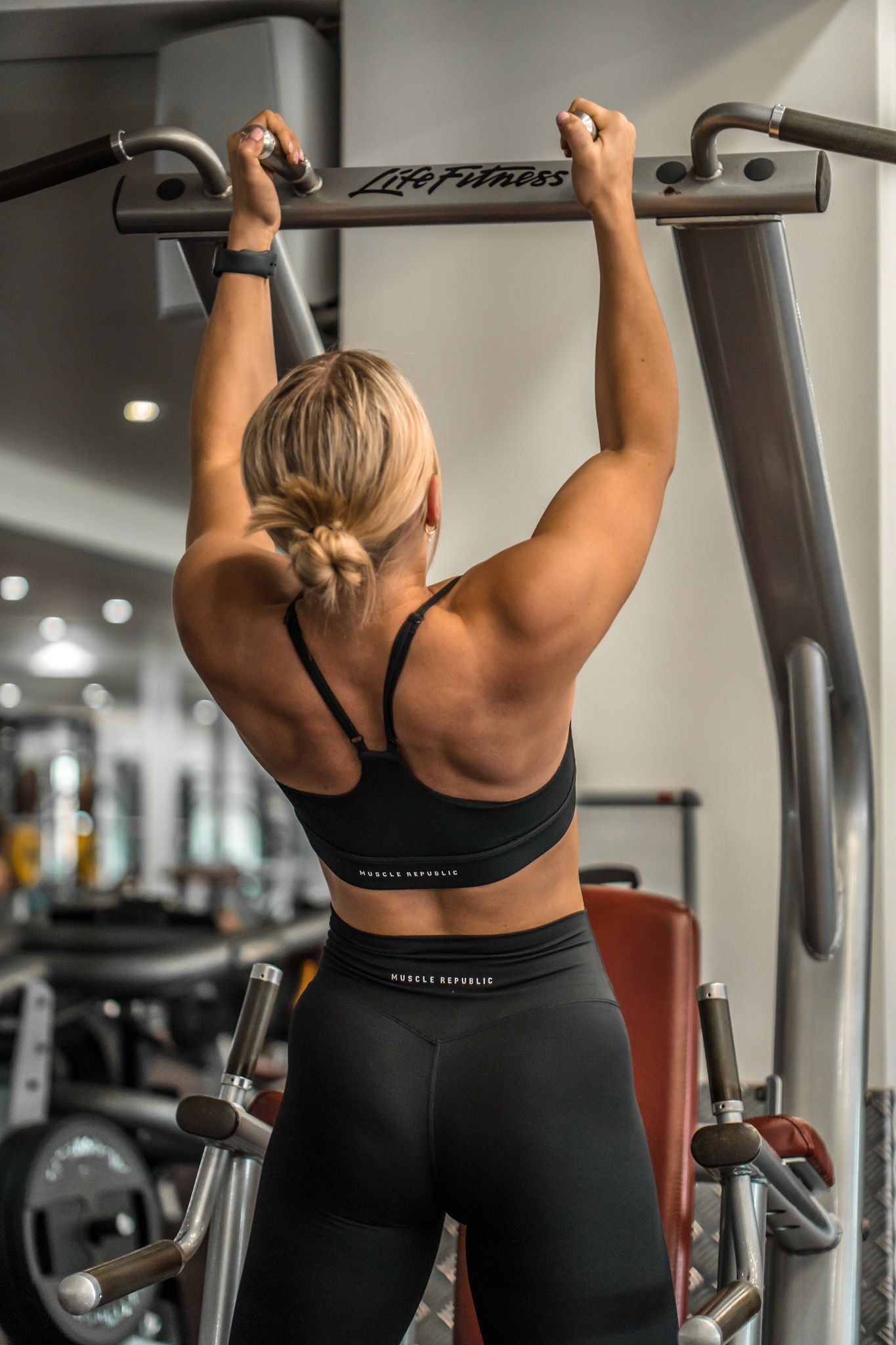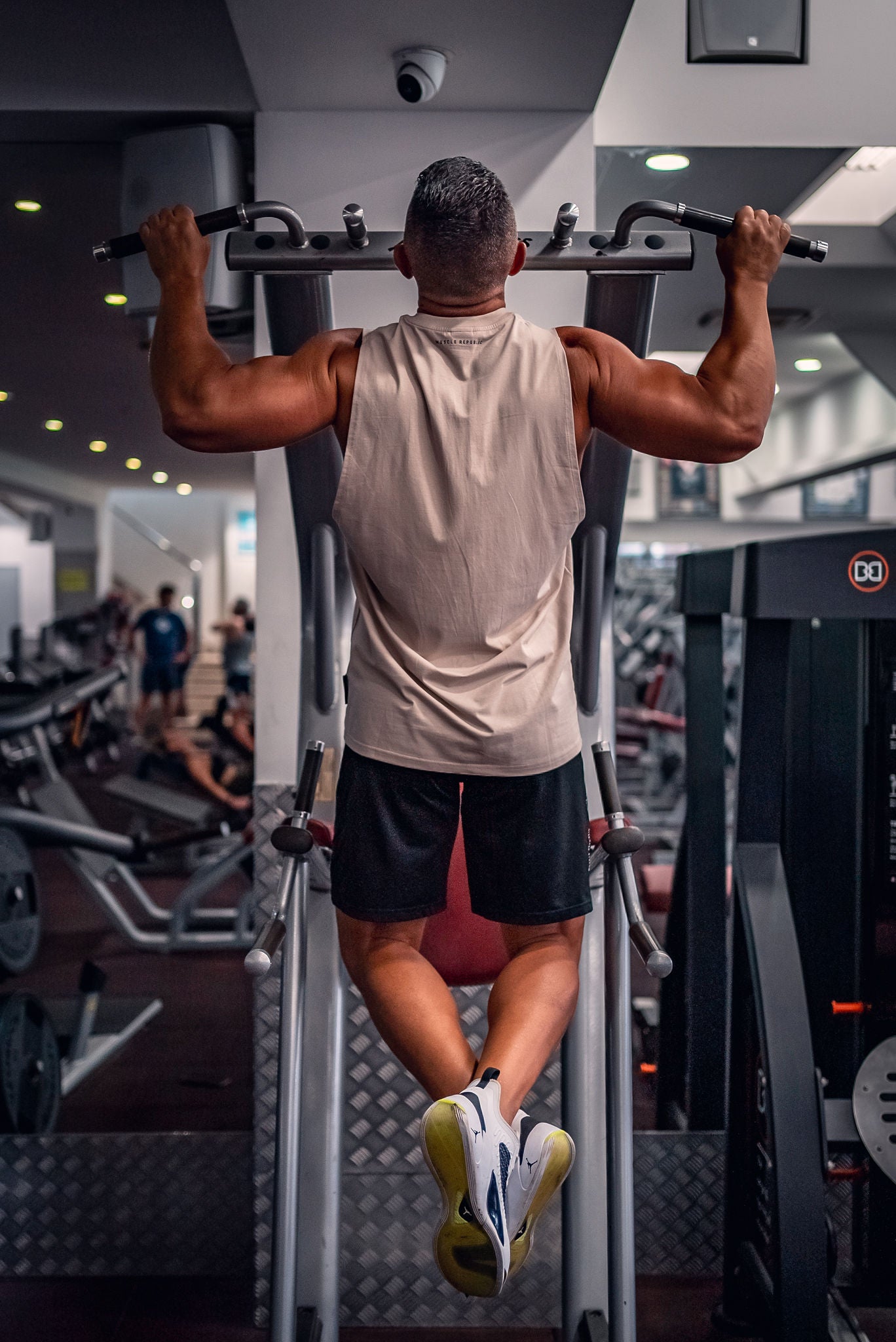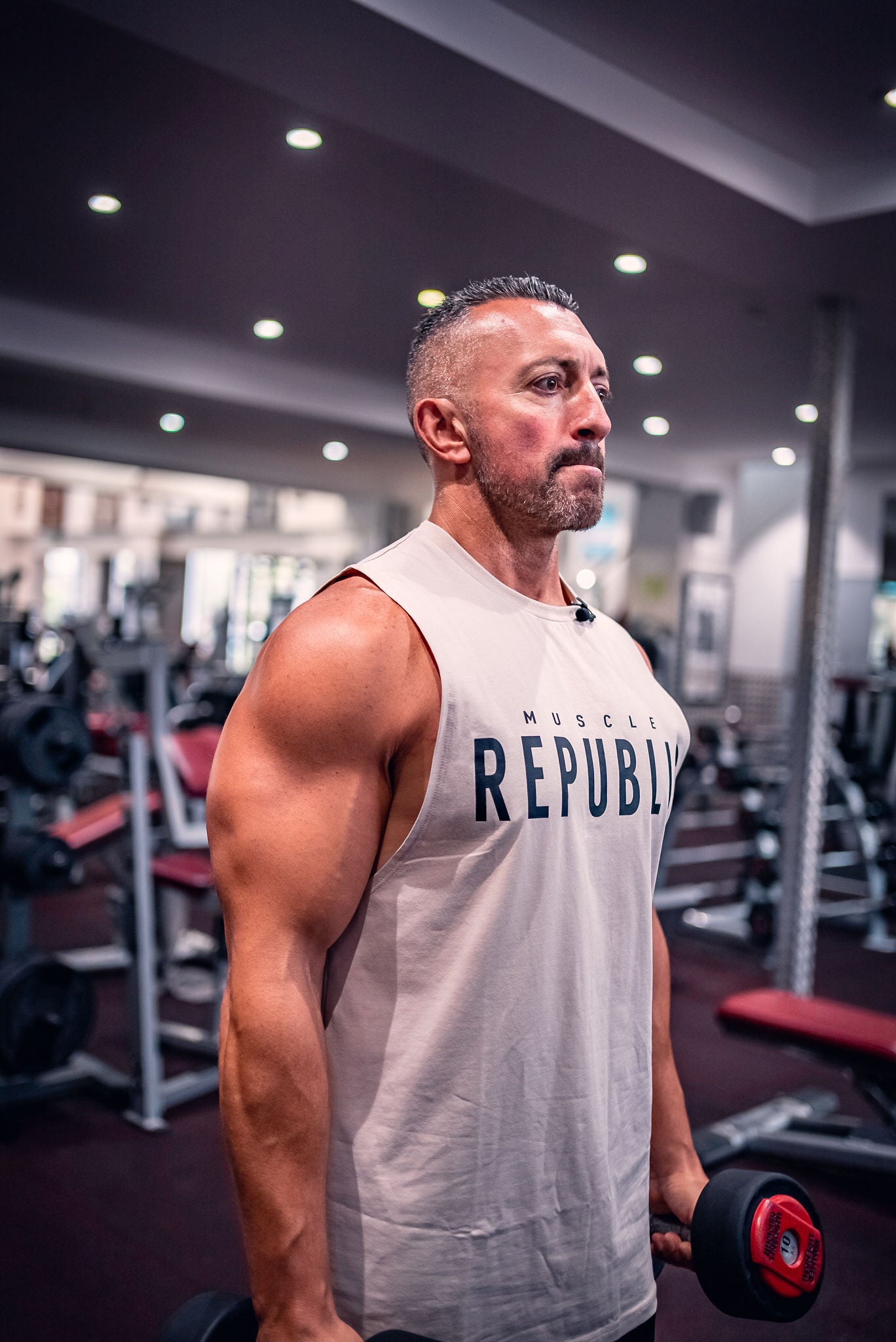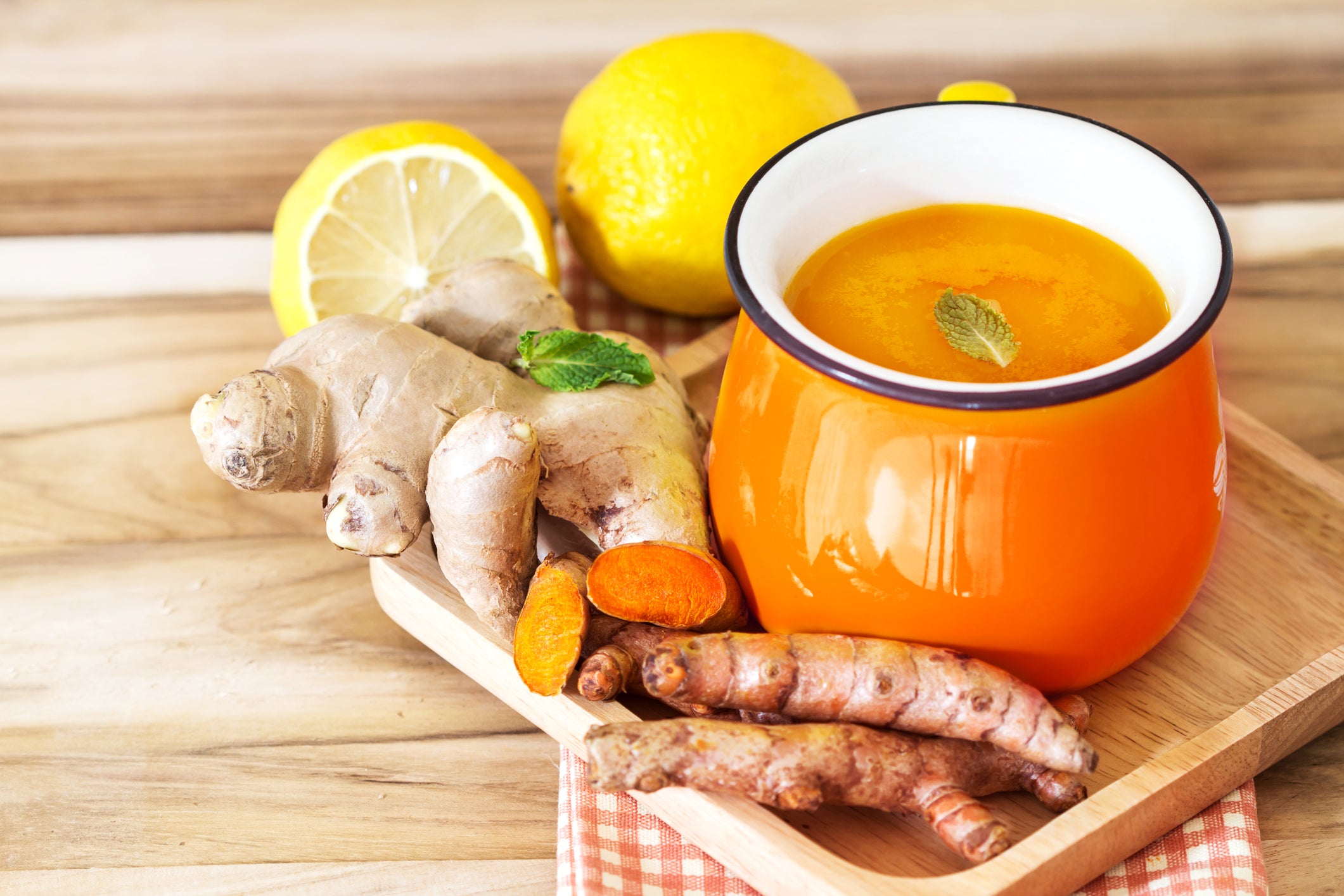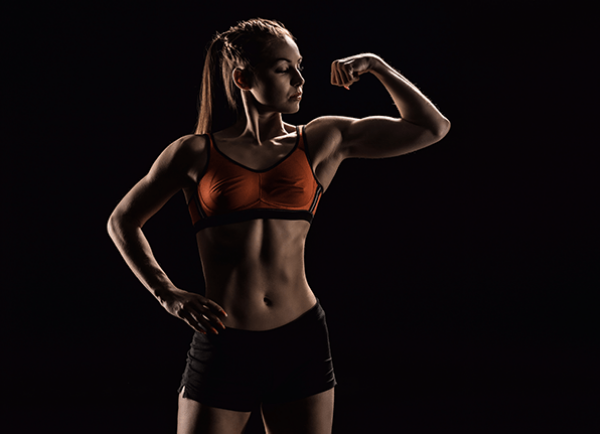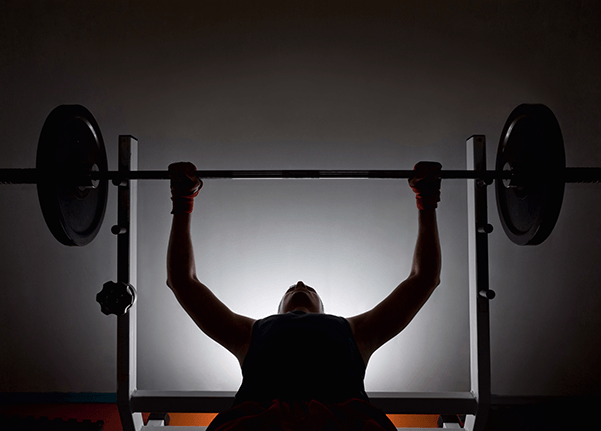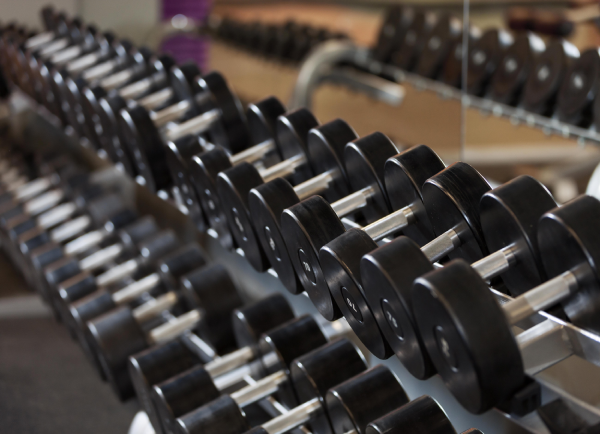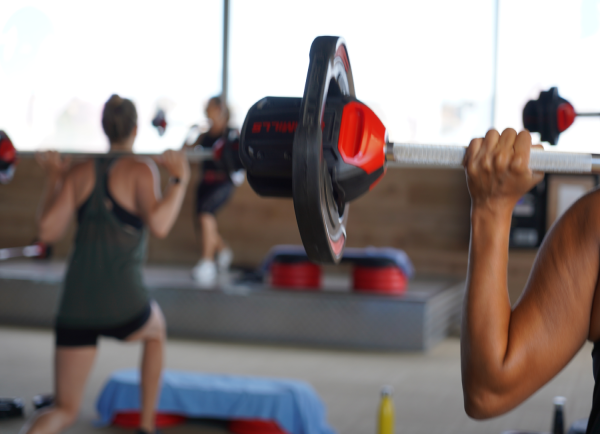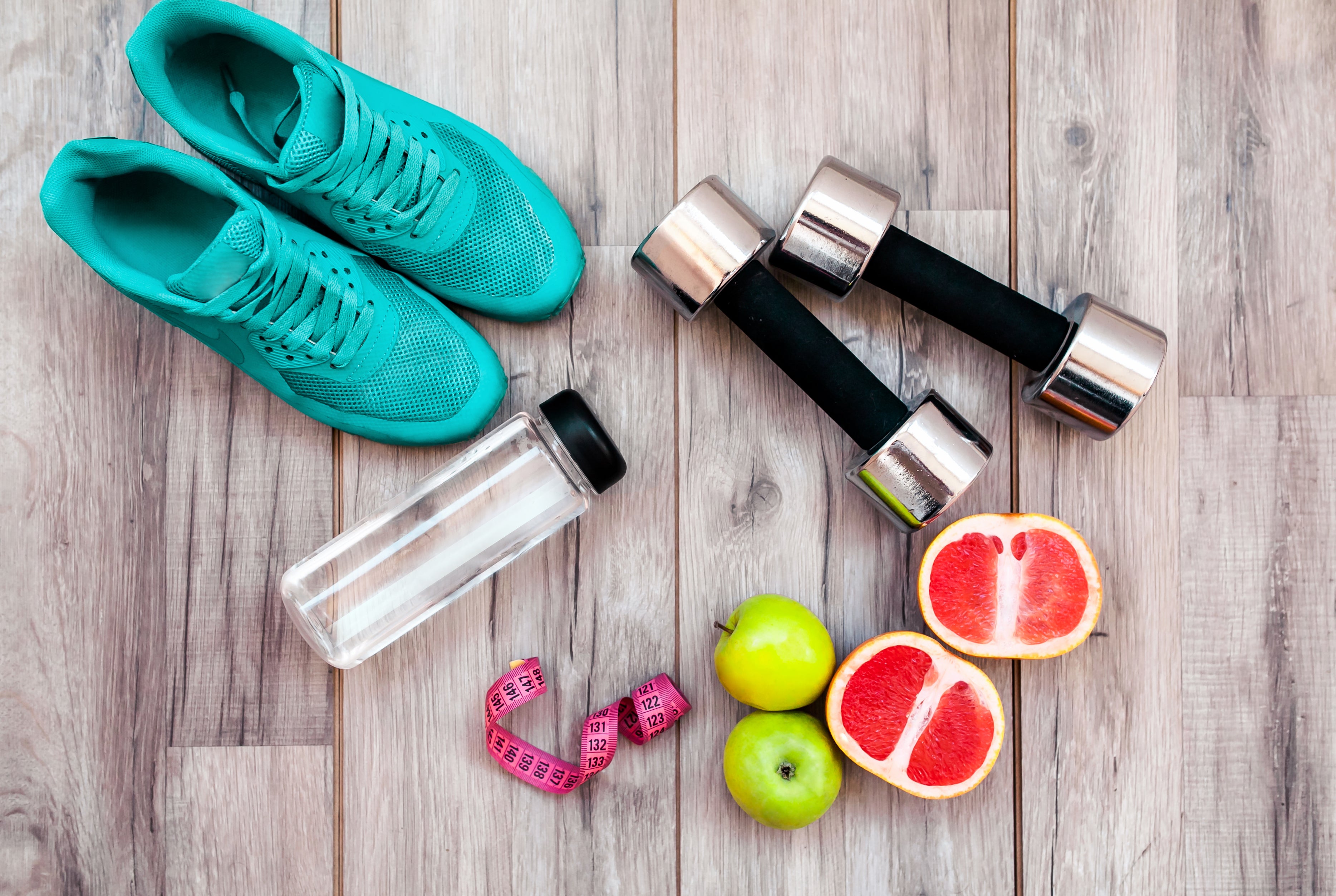
Titan's newest trainer, Zoe Lee reveals how to grow your best butt
Why is it so important to have a strong behind?
As a consequence of ‘sitting disease’, most everyday desk workers suffer from poor posture. Tight hip flexors and weak hip extensors (glutes) are two of the main culprits that contribute to postural problems like swayback and kyphosis/lordosis.
What’s more, the anterior tilt in the pelvis pushes the abdomen out, creating the illusion of a gut, even in the absence of belly fat. Strong glutes not only look good, but also support the lower back. When the glutes aren’t strong enough to extend the hips correctly, muscles that weren’t designed for that will take over.
Over time, these muscles will become overstressed, resulting in pain and compression in the lumbar spine, hips and knees.
Because the glutes also stabilise the hips, they can have a detrimental effect on the alignment down the entire lower body. Weak glutes will leave you prone to injuries including Achilles Tendonitis, Shin Splints, ACL sprains/tears and IT Band Syndrome.
What is the best way to train our glutes?
The glutes are roughly made up of 40% fast twitch fibres and 60% slow twitch fibres. These numbers can vary depending on the individual.
To create a well-rounded program, you want to include stretchers, activators and pumpers.
Stretchers
Stretchers target growth through muscle damage and focus on the eccentric phase of the movement. These glute exercises have the largest range of motion. They also take the longest to recover from. An example of a stretcher exercise is the Romanian deadlift.
Activators
Activators target growth through mechanical tension/high muscle activation levels. They have a shorter range of motion than stretchers and produce slightly less muscle damage. An example would be a hip thrust.
Pumpers
The aim of these are to overload the metabolic pathway and give you the ‘pump’ by filling the glutes with metabolites. These exercises have the shortest range of motion. An example would be the frog pump.
In all of the above exercises, make sure your glutes & abdominals are squeezed tight throughout the entire movement. This will ensure that we don’t overload the lower back & hip flexors while trying to build and strengthen the core & the booty.
If you enjoyed this article, please subscribe to our emailing list to receive more inspirational and educational content. Also, if you haven’t already, please follow us on Instagram, Facebook and YouTube.
As a consequence of ‘sitting disease’, most everyday desk workers suffer from poor posture. Tight hip flexors and weak hip extensors (glutes) are two of the main culprits that contribute to postural problems like swayback and kyphosis/lordosis.
What’s more, the anterior tilt in the pelvis pushes the abdomen out, creating the illusion of a gut, even in the absence of belly fat. Strong glutes not only look good, but also support the lower back. When the glutes aren’t strong enough to extend the hips correctly, muscles that weren’t designed for that will take over.
Over time, these muscles will become overstressed, resulting in pain and compression in the lumbar spine, hips and knees.
Because the glutes also stabilise the hips, they can have a detrimental effect on the alignment down the entire lower body. Weak glutes will leave you prone to injuries including Achilles Tendonitis, Shin Splints, ACL sprains/tears and IT Band Syndrome.
What is the best way to train our glutes?
The glutes are roughly made up of 40% fast twitch fibres and 60% slow twitch fibres. These numbers can vary depending on the individual.
To create a well-rounded program, you want to include stretchers, activators and pumpers.
Stretchers
Stretchers target growth through muscle damage and focus on the eccentric phase of the movement. These glute exercises have the largest range of motion. They also take the longest to recover from. An example of a stretcher exercise is the Romanian deadlift.
Activators
Activators target growth through mechanical tension/high muscle activation levels. They have a shorter range of motion than stretchers and produce slightly less muscle damage. An example would be a hip thrust.
Pumpers
The aim of these are to overload the metabolic pathway and give you the ‘pump’ by filling the glutes with metabolites. These exercises have the shortest range of motion. An example would be the frog pump.
In all of the above exercises, make sure your glutes & abdominals are squeezed tight throughout the entire movement. This will ensure that we don’t overload the lower back & hip flexors while trying to build and strengthen the core & the booty.
If you enjoyed this article, please subscribe to our emailing list to receive more inspirational and educational content. Also, if you haven’t already, please follow us on Instagram, Facebook and YouTube.
Previous post
Physio Sam gives us the low down on lower back pain
Next post
